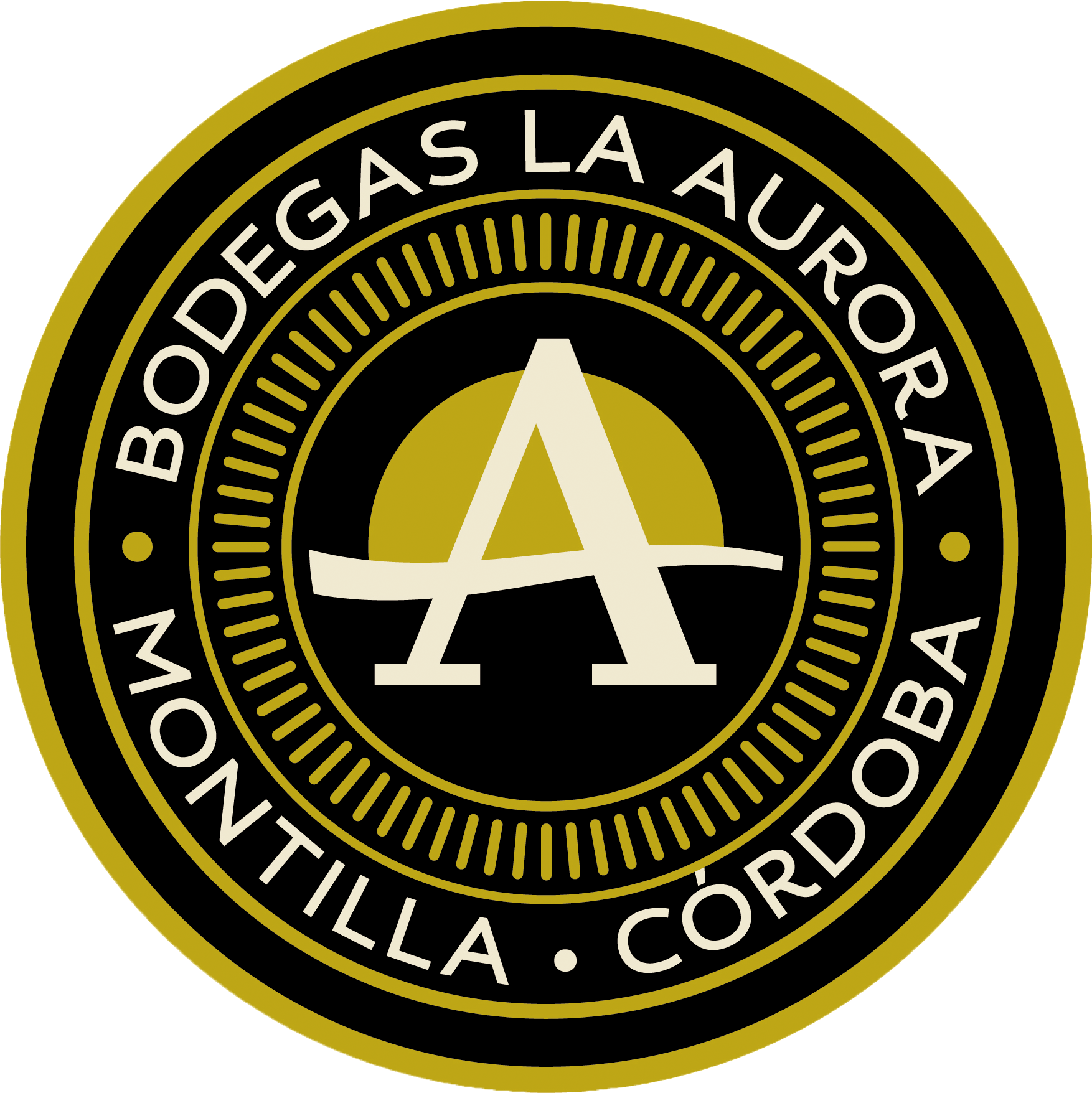What is the hairy caterpillar and why is its control in the vineyard so important?

Hello! In this article we discuss a topic of vital importance for the viability of the vine in our Montilla-Moriles area: What is the hairy caterpillar and why is its control in the vineyard so important?
Already in 2009, it was also the cause of news on ABC due to the great damage caused by this plague in the Montilla area and surrounding areas.
And the problem is even more pronounced if our vine plot is surrounded by olive groves, since this pest does not affect them and their owners do not carry out treatments to control it, which causes a disproportionate increase in caterpillars that seriously harm the the vineyard.
What is the hairy caterpillar?
The hairy caterpillar or Ocnogyna baetica as it is scientifically called, is also known by other names such as the meadow caterpillar or simply, cobweb.
It is a polyphagous insect that is generally located on surfaces intended for pastures, borders and wastelands and due to the lack of tillage of olive trees and vineyards in these areas, it is spreading and mainly attacking vine cultivation, since this animal Is omnivore.
The usual cycle of the hairy caterpillar extends throughout the year, beginning in November when the nests or colonies appear in which the caterpillars are found grouped together, feeding on the weeds that are located in the area where they are located and taking refuge underneath. of the cobwebs that they themselves weave and through which they are easily seen in the early hours of the morning thanks to the dew.
In February/March, the hairy caterpillar reaches a sufficient size to disperse, this being the moment in which they attack the crops around them and which coincides with the beginning of sprouting of the vineyard (budbreak).
At the end of March and the beginning of April, the hairy caterpillar reaches its maximum development, becoming a 2-3 cm long larva capable of devouring everything in its path and with the ability to travel great distances.
Due to the high temperatures prevailing in the months of March/April, the caterpillar buries itself in the ground, becoming a chrysalis, reaching a depth of 10-20 cm until the following autumn, when the first autumn rains make it possible for the leaves to emerge. the adults (butterflies) that begin to lay eggs in all the surrounding areas.
These eggs are pale amber in color, spherical and grouped in a colored ball of around 700 to 1000 eggs in each clutch.
Incubation lasts 40 to 70 days, so hatching occurs in the months of November/December depending on weather conditions.
Why is hairy caterpillar control in the vineyard so important?
Because due to the time in which this caterpillar spreads out of its nest, the vine is in the initial state of budding (budbreak), so the damage caused by this worm is devastating, since a single caterpillar can ingest a large amount of buds, and it is not only because it affects the period of the vegetative cycle of the vine but also because the shoots after the initial ones, for the most part, lack grape clusters, so the amount of harvest is immensely affected. .
Tips to control the hairy caterpillar

The best way to control the hairy caterpillar is to eliminate it when it is found in nests or colonies.
Tilling the land also helps to destroy many chrysalises, so extreme caution must be taken if your plot borders wasteland or plots without tillage. In these cases it is highly advisable to control a safety distance that prevents the hairy caterpillar from passing from that plot to yours.
The same happens if they border cultivated plots of olive groves, since this pest does not affect olive trees at all and the owners do not usually treat them.
A recommended product for its control is cypermethrin.
If you have any questions about this, it is best to contact the field technician who advises you on phytosanitary treatments.
By clicking here you can access an extensive article published by the Viticulture Classroom of our D.O.P. Montilla-Moriles, which details the entire life cycle of the hairy caterpillar and the damage it causes to the vineyard, as well as control methods (Attention, the substance chlorpyrifos and chlorpyrifos-methyl are no longer authorized within the EU as of February 16, 2020).
We hope that now you are clearer about what the hairy caterpillar is and why its control in the vineyard is so important.Greetings!
Bodegas La Aurora S.C.A.
Avda. de Europa, 7 Montilla Córdoba 14550
Tél: 957 650 362
Tél: 957 654 642
Email: administracion@bodegaslaaurora.com
Information





